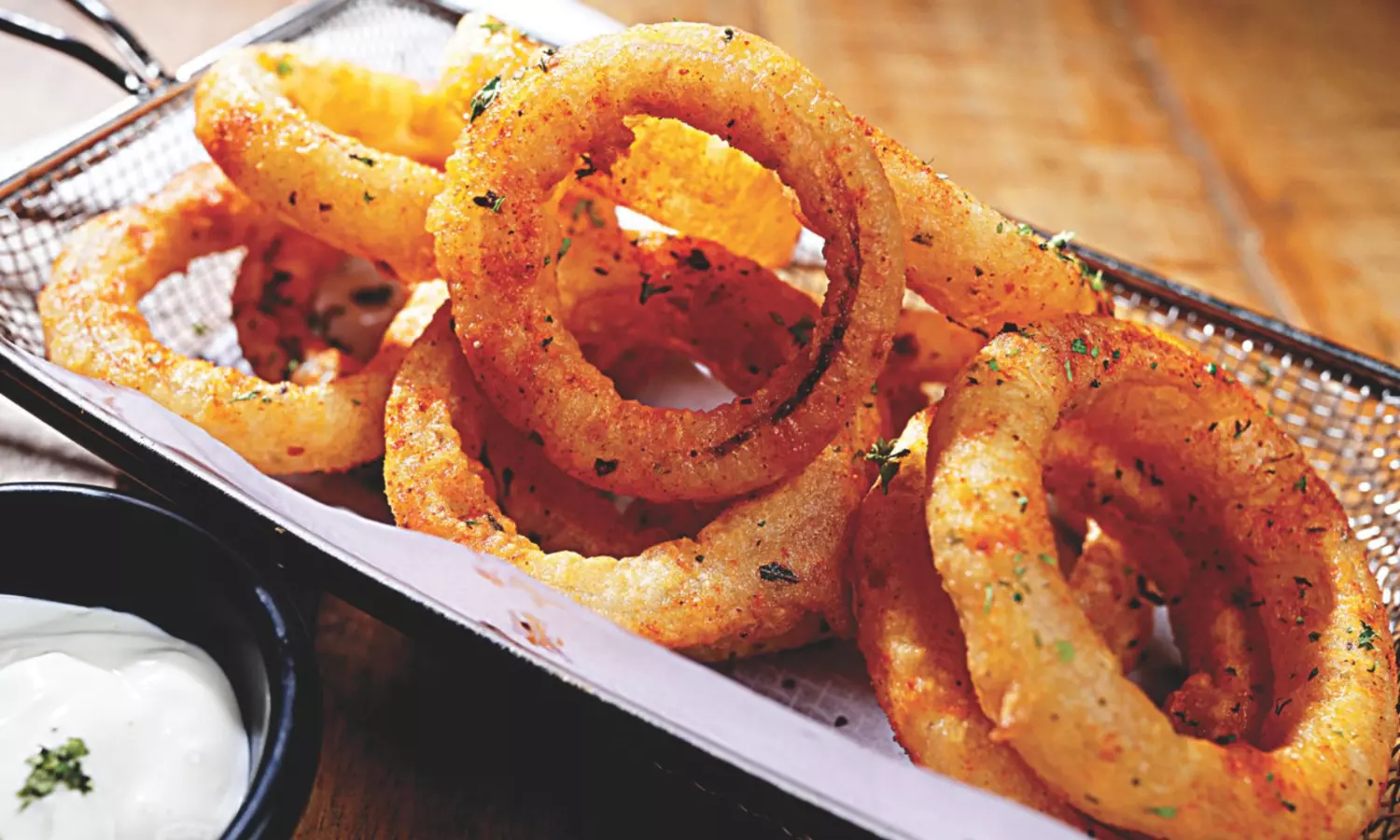Fermented Goodness
From pantha bhaat to funky kimchi, kanji drink, miso soup and sauerkraut, people are including some stink, bubbles and good bacteria in their diet;

Food fads come and go, but one trend that has stuck around since time imme-morial is fermented foods! Today, an increasing number of people are adding fermented foods to their diets. Fermented food is food with good bacteria, which has oodles of benefits. Its antioxidant and antimicrobial properties aid healthy digestion and strengthen the immune system.
Fermentation is a natural process where microorganisms like bacteria or yeast convert carbohydrates (sugars and starches) into acids and alcohol. The fermentation procedure increases the food’s flavour, and nutritional value and extends its shelf life.
Fermented dishes and beverages are made with cereals, lentils, milk, vegetables and fruits. Fermented foods have long been a part of the traditional Indian diet. In Gujarat, it is dhokla, in Maharashtra people eat Shrikhand made of curd and in the south, it is idli and dosa. North Indians enjoy lassi, fermented Kulchas, naan and Jalebi (sweet made with fermented batter) and Kanji drink made of beetroot and carrot with mustard seeds. In the East in Bengal and Orissa, pantha bhaat (Pakal) is fermented rice (cooked the night before and soaked in water) and traditional fermented soybean (Hawaijar) of Manipur. Gundruk from Sikkim (prepared by fermenting mustard greens, radish leaves, or spinach) Buttermilk-based dishes Kadi, Kulu, Mor Kuzhambu, etc are popular pan India.
The global revival of fermented foods is due to research highlighting its health benefits. The craze for gut health and fermentation has increased, with cafes and restaurants dishing out not only Indian but also Korean (Kimchi) Japanese (Miso soup), Germany’s (Sauerkraut), Tempeh (Indonesia) Kefir milk of central Eurasian which is fermented. Some raw and aged cheeses like cheddar and mozzarella also contain probiotics. Fermented food and prebiotic drinks are now being sold in stores and online platforms.
Health benefits
A traditional Indian thali, which combines fresh and preserved ingredients from different regions, is a gastronomic delight. Ancient ayurvedic practices suggest consuming foods that encompass all six tastes: sweet, sour, salty, bitter, astringent, and pungent. Thangamani Suresh, Head Department of Nutrition and Dietetics, Dr Mohan's Diabetes Specialities Centre, Chennai says, “Evidence indicates that consuming fermented foods containing beneficial microorganisms can help maintain a favourable microbial profile in the body. Due to lifestyle changes and the rising prevalence of various health issues, there is a demand for functional foods that meet nutritional requirements while providing additional health benefits. The rising popularity of fermented foods is also linked to a growing interest in probiotics.”
Fermentation increases the bioavailability of nutrients, making them easier for the body to absorb. This includes probiotics that balance gut bacteria, which is crucial for digestion, immune function, and even mental health. “Fermented foods are easier to digest as the fermentation process breaks down complex carbohydrates, proteins, and fats. Fermented foods increase the absorption of vitamins and minerals like calcium and iron. They also use traditional preservation methods, avoiding artificial preservatives, and help replenish beneficial gut bacteria after antibiotic use,” adds Thangamani.
Depth & Flavour
As more palates become attuned to the rich flavours fermented foods can offer, restaurants now have amazing varieties of food cooked with fermentation. Chef Shyamal Raj, Corporate Chef Iron Hill, India (Bangalore Hyderabad and other cities) says that customers are demanding healthier alternatives. “Chefs have to innovate to entice the demand for these foods. The increasing popularity of global fermented foods in India is a testament to our diverse and adventurous food culture. Fermented foods have a slightly sour-tangy nature due to the conversion of the carbs present in these foods into certain acids and in some cases – alcohol, which provides a natural preservative-like nature to these foods. Fermentation develops a rich, savoury umami flavour, adding depth to dishes.
However, it can also create distinctive, pungent aromas, like in blue cheese or kimchi, along with a creamy or smooth texture. When used in elaborate dishes, fermentation adds depth and flavours to dishes.”
Popular Fermented Cuisine
Kefir, kimchi, flavoured yoghurts, fermented soy products (tempeh and miso), or sauerkraut, are now easily available. Many celebrities and bloggers are talking about gut health and the benefits of fermented food. Dimple Wadhwani, Hyderabad-based content-creator of food, lifestyle, and travel on Instagram. (Thefoodierider_ hyderabad) says, “My Grandma would pickle carrots in mustard and brine, as carrots would only come in winter. The smell of fermented pickles when the ceramic jars opened is my version of sauerkraut or kimchi. There is a beautiful confluence of peoples’ demand for healthy, trendy food, and restaurants serving global and insta-worthy cuisine. For example, Hyderabadis who have returned from abroad with international food experiences are launching new restaurants. The fusion of tradition and innovation with microbreweries and new restaurants imbibing sourdough culture is simply amazing. People are switching away from diet cokes to a bubbly kombucha, along with sourdough flatbreads.”
The rising interest in wellness and global culinary experiences is boosting the demand for fermented food. The resurgence of interest in fermentation offers a delicious way to introduce beneficial bacteria into the diet while adding a flavourful twist to the food.

